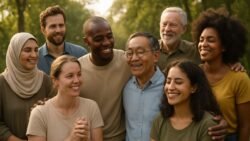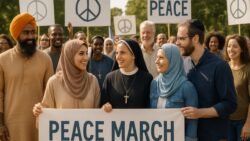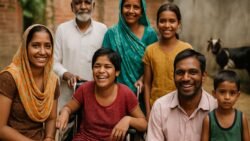Conflict-Affected Areas – Promoting peace in conflict-affected areas is essential for building stable, resilient, and inclusive societies. When communities are torn apart by violence, mistrust, and division, the need for dialogue and reconciliation becomes urgent. By addressing the root causes of conflict and giving people the tools to communicate constructively, organizations can create pathways toward sustainable peace. One of the most effective strategies is to bring together different groups and provide safe spaces where grievances can be expressed without fear. This not only fosters mutual understanding but also reduces the risk of future violence. For platforms like UN Peacebuilding and community-driven initiatives, peace promotion involves a balance between local ownership and external support. At ufdp.org, the focus is on empowering communities directly affected by conflict to lead the change themselves. With proper training, mediation, and collaboration, dialogue can transform relationships, restore trust, and set the foundation for long-lasting peace and stability.
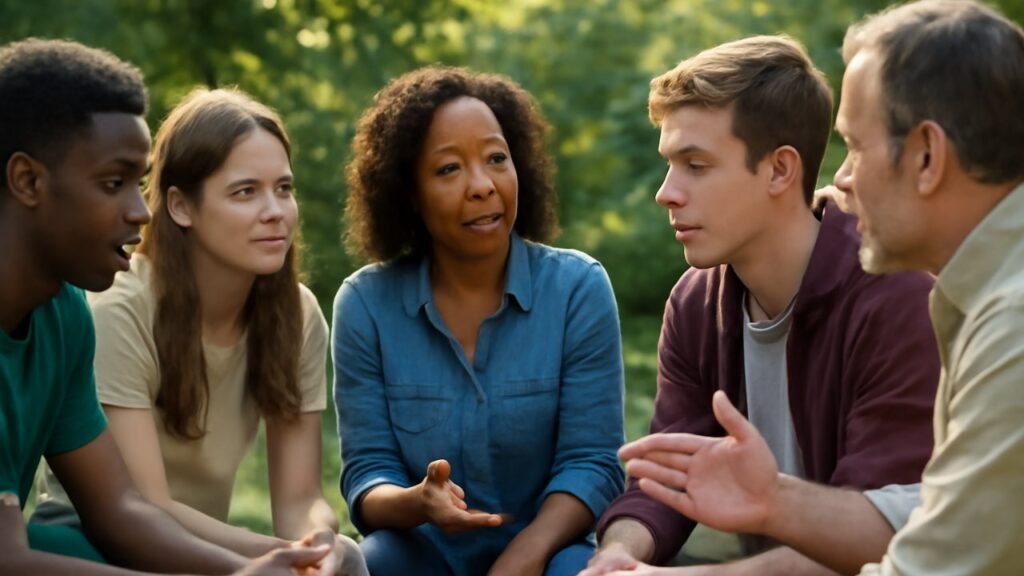
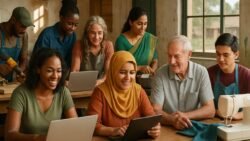 Vocational Training, Digital Literacy, and Life Skills Programs Led by UFDP Across Regions
Vocational Training, Digital Literacy, and Life Skills Programs Led by UFDP Across Regions
Dialogue as a Pathway to Sustainable Peace
Dialogue serves as a powerful mechanism for transforming conflict into cooperation. It allows conflicting groups to move beyond hostility and engage in open communication that fosters trust. Unlike debate, which focuses on winning arguments, dialogue emphasizes listening, understanding, and empathy. In conflict-affected areas, it is crucial to create environments where diverse voices—especially those historically silenced—can be heard. Initiatives like The Carter Center’s Conflict Resolution Program highlight how dialogue reduces tensions and helps prevent violence from resurfacing. Dialogue sessions led by trained facilitators can help communities reconcile differences, clarify misunderstandings, and build shared visions for peace. At ufdp.org, dialogue is promoted not just as a conversation but as a structured process that leads to mutual respect and cooperation. By enabling communities to voice their concerns in constructive ways, dialogue ensures that peace is not imposed from outside but grows organically from within, rooted in shared understanding and trust.
 Vocational Training, Digital Literacy, and Life Skills Programs Led by UFDP Across Regions
Vocational Training, Digital Literacy, and Life Skills Programs Led by UFDP Across Regions
Engaging Youth in Peacebuilding Efforts
Youth engagement is a cornerstone of building resilient societies in conflict-affected regions. Young people are often the most affected by conflict, yet they also possess the greatest potential to drive change. By empowering youth with leadership skills, peace education, and opportunities to participate in decision-making, organizations can transform them into powerful agents of peace. Research by UNESCO shows that investing in youth peace education reduces radicalization and fosters tolerance across diverse communities. When youth are excluded from peacebuilding processes, the likelihood of recurring violence increases. At ufdp.org, youth are seen as essential stakeholders in mediation, advocacy, and community development. Training young leaders to mediate conflicts, organize community dialogues, and champion inclusivity ensures that peace efforts are sustainable across generations. By involving youth in meaningful participation, communities not only rebuild trust but also secure a future where peace is continuously nurtured by the next generation of leaders and changemakers.
Community Mediation as a Tool for Conflict Resolution
Community mediation is one of the most effective grassroots strategies for managing conflict and fostering peace. Instead of relying solely on external interventions, mediation empowers local communities to take ownership of their disputes and resolve them through dialogue and compromise. Studies by United States Institute of Peace emphasize how community-led mediation strengthens social cohesion and prevents small disputes from escalating into larger conflicts. Mediators, who are often respected local figures or trained facilitators, act as neutral third parties to guide disputing groups toward mutually acceptable solutions. At ufdp.org, mediation is encouraged as a bridge between dialogue and action, ensuring that conflicts are resolved fairly and peacefully. Unlike judicial processes that may alienate communities, mediation emphasizes reconciliation, fairness, and healing. By involving local leaders, women, and youth in mediation processes, communities not only resolve disputes effectively but also reinforce social bonds, creating long-term structures of peace and cooperation.
Building Inclusive Communities for Lasting Peace
Lasting peace cannot be achieved without inclusivity. In conflict-affected areas, marginalized groups—such as women, minorities, and displaced persons—often face exclusion from peace processes, which undermines reconciliation efforts. Building inclusive communities ensures that everyone’s voice is valued and respected in the journey toward peace. According to International Alert, inclusive peacebuilding reduces inequalities and strengthens resilience against future conflict. At ufdp.org, inclusivity is seen as both a principle and a practice, guiding all activities in dialogue, youth engagement, and mediation. Programs that empower women to lead dialogues, encourage minority participation, and provide platforms for displaced communities help restore dignity and trust. Inclusion transforms peace from being a temporary settlement into a sustainable framework for coexistence. By fostering respect for diversity and ensuring that no group is left behind, inclusive community-building paves the way for peaceful societies where justice, cooperation, and shared prosperity flourish across generations.

